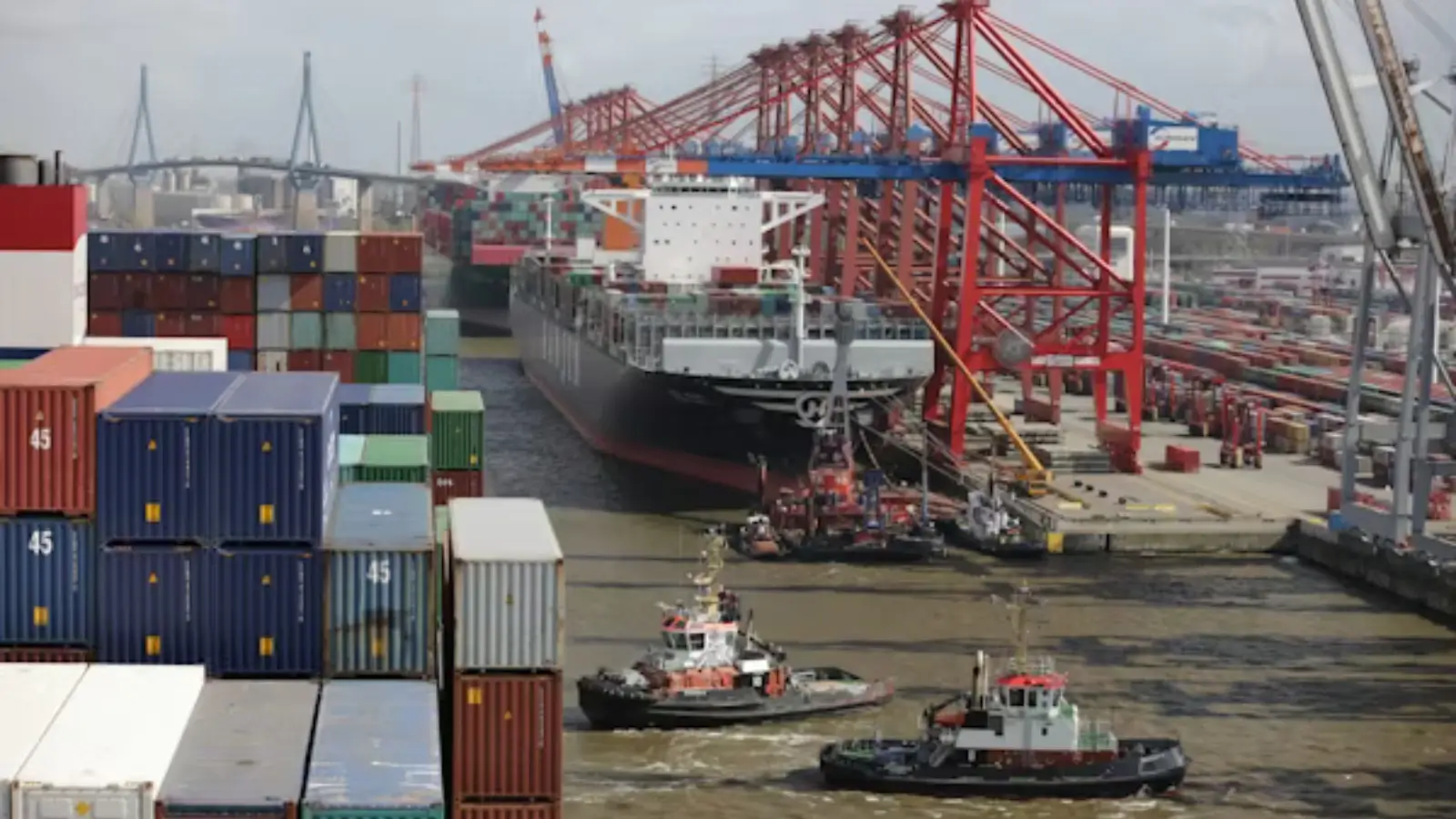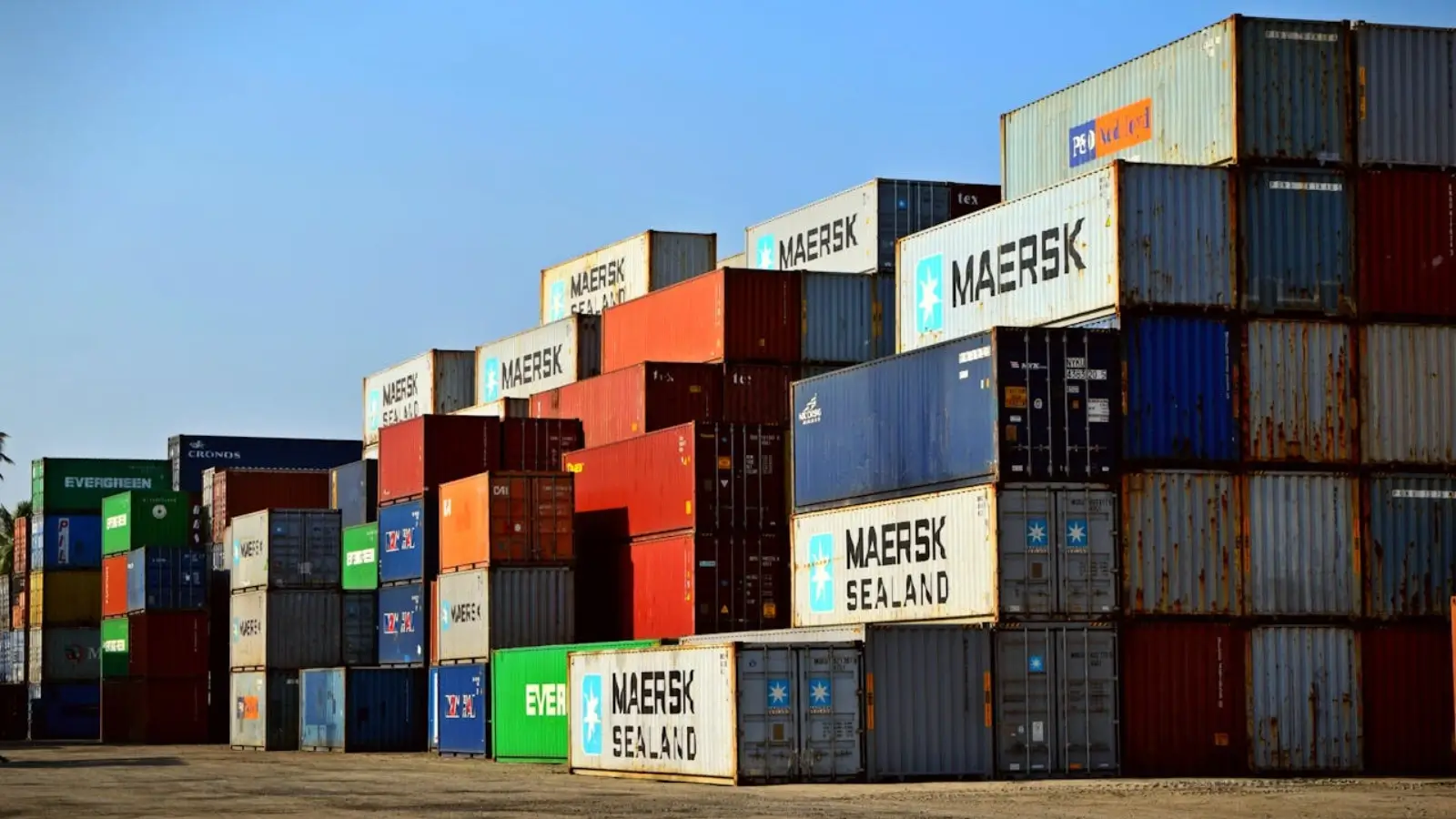Global trade relies upon a complex network of supply chains that facilitate the movement of goods between producers, manufacturers, and consumers worldwide. However, supply chains have historically operated outside of the public's view, remaining largely unnoticed until recent disruptions brought widespread attention to their critical function within the global economy.
In recent years, supply chain challenges have increased in both frequency and severity, impacting consumer access to goods and industrial production processes. The first major disruption arose in 2018 as geopolitical tensions began straining global supply networks. The introduction of tariffs by the Trump administration against China signaled shifting economic dynamics and prompted businesses to reconsider heavy reliance upon Chinese manufacturing capabilities.
However, geopolitical conflicts were just the beginning of supply chain trials. The COVID-19 pandemic completely upended production, labor forces, and logistics on an unprecedented scale. As the world continued grappling with pandemic fallout, new challenges emerged such as Russia's ongoing military invasion of Ukraine, further highlighting the fragile nature of interconnected supply chains.
The recognition of global supply chains as pivotal to economic stability became indisputable amid significant geopolitical changes. Trade tensions between the United States and China served as a stark reminder of the delicate balance required for sustainable international commerce. The 2018 tariffs imposed by President Trump on Chinese imports not only increased political animosity but compelled a re-evaluation of inherent vulnerabilities within the global supply network.
Technological competition further exacerbated disruptions by demonstrating how geopolitical disputes extend beyond trade barriers to impact supply chain logistics and critical component availability. Ongoing conflicts in regions like the Black Sea and Red Sea illustrated direct consequences of geopolitical instability on worldwide cargo movement. However, man made conflicts were not the sole source of supply chain complications.
The COVID-19 pandemic introduced an unprecedented layer of complexity by disrupting manufacturing, labor forces, and logistics beyond any prior event. The health crisis highlighted deficiencies in the dominant "just-in-time" model's flexibility to withstand abrupt systemic shocks despite maximized efficiency.
Recent events underscore broader challenges, like a cargo vessel colliding with a bridge at the critical Port of Baltimore, underscoring far-reaching implications across industries and economies from even singular supply chain disruptions. As industries aim to develop resilience against unpredictable geopolitical, natural, and other unforeseen events, it is clear that strategies accommodating disruption have become essential for sustainable global trade.
















